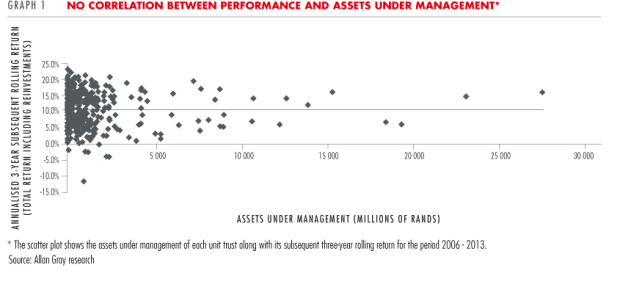- Mortgage your home fully to protect it from lawsuits, bankruptcy, or divorce.
- When your home is fully mortgaged, you don’t own it, so it can’t be taken from you.
- You have the value of the home in cash and can invest it.
- Consider investing the mortgaged amount in a cash-value life insurance (CVLI) policy or other interest-bearing account.
For many physicians and families, the home is often the most valuable asset – emotionally and financially.
However, in many physician practices, first and second homes can provide the financial backbone for credit, loans, collateral and other financial mechanisms that can help get a practice going or keep it running in hard times. Real estate can also help support a physician's family if the medical practice fails or breaks up.
For these two reasons at least, it is exceedingly important for most physicians to find a way to hold onto the home or homes under all foreseeable circumstances.

The Debt Shield
There is a way – the debt shield – that can offer the homeowner the greatest possible asset-protection rating of +5. This means that only under the rarest of circumstances can the home be taken to solve a debt, either civil or criminal.
Under usual circumstances, say divorce, law suit, or bankruptcy, the debt-shielded home is 100% protected from all claims and cannot be taken from the owner by the courts.
There are a number of strategies for protecting the home, each with pros and cons. State homestead laws, tenancy by the entirety, limited liability companies, limited partnerships, and the debt shield are some of the most important strategies. We will discuss these in related articles.
An Unconventional Solution
An unconventional but effective way to protect a home is by by having little or no equity in it. If you have borrowed the full value of your home then your bank owns the home. You may have the cash, but the bank owns the home.
For obvious reasons, this is a beneficial situation, especially given the historically low interest rates being offered on mortgages today. While you can borrow the value of your home for anywhere from 1% to 5%, you can invest that money in certificates of deposit (CDs) or in a cash-value life insurance policy that pay a higher rate of return. You can retain the safety of your investments and earn a greater percentage than would be paying your bank for the mortgage.
Besides potentially providing investment income, having the bank own your home protects it from creditors who may come after you – through lawsuits, bankruptcy, or divorce.
A creditor has very little to gain from trying to attack the home when the owner retains little equity in it—especially when that small amount of equity is partially or completely protected through homestead exemptions in most states.
One Debt-Shield Strategy
The debt shield can be the most effective way to protect the equity of the home. In one scenario, the bank would loan the client an amount equal to 80% to 90% of the value of the home. The client would then file for a second or third mortgage in order to consume the remaining equity. The home would then completely protected.
The loan funds could then be placed in an asset-protected trust. Those funds would then be owned by the trust and placed in the bank’s CD account. When the client retires or feels that the threat to the home has diminished, the CD account pays off the loan and the mortgage is released.
The Enhanced Debt Shield
In this scenario, the funds gained by shielding the home can be invested in a way that provides another opportunity to earn through the investment more than the cost of the loan. In this way, the client makes money by shielding the home and leveraging the loan proceeds.
In many states, certain investment classes are asset-protected under state law. The most common of these are annuities and CVLI policies. In these states, an investor may take a loan for 6% to 8% (partially or totally tax-deductible) of the value of the home and invest the funds in an annuity or insurance policy that credits 5% to 8% or more (tax-deferred). Given that the mortgage interest is tax deductible, the after-tax cost of the loan is very low and the margin between the cost of the loan and the return on the investment is wider.
If an asset-protected investment returns approximately 6% (many life insurance policies have guaranteed minimum crediting rates of 3% or 4%) and the investor is paying 4% or 5% (after taxes) in interest, the investment will positive net return.
If you reside in state that does not provide unlimited homestead protection, you must make it a priority to work with your team to protect your home. It is likely your most valuable asset, personally or professionally, other than your future income.
For financial questions about finance Ask Mike – Michael Berry (mberry@msf-advisors.com) – the lead financial expert with MDalert.com and a member of the board of advisors for the website.
